A Photo Essay
There are many places on Rapa Nui / Easter Island where the Moai, these amazing statues that seem to stare into the distance, can be found, but five locations are truly spectacular:
- Ahu Tahai is only a short hike from the Hanga Roa with three restored Ahu, as the platforms that support the Moai are called. There you can see a Moai whose eyes were replaced, the only one on the island.
- Reno Raraku, the quarry where all the Moai were carved from the volcanic stone, is in the east of Rapa Nui. On the green slope of a volcano, you find an amazing setting of semi-finished and half buried statues scattered around. When I visited, it was dead quiet and the sun was setting on the Moai’s distinct stony faces. One of the heads was tilted like trying to catch the last ray of the disappearing sun. Having this mystic place only for me was an unforgettable moment…
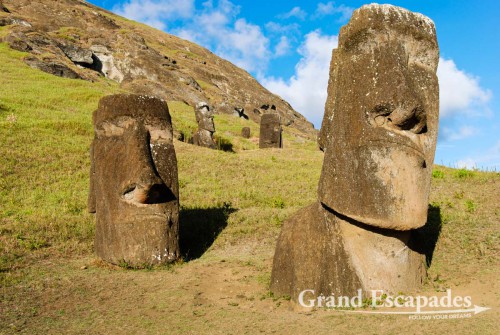
Rano Raraku, the quarry where all the Moais were carved from the volcanic stone, Rapa Nui or Easter Island, Pacific
- Ahu Tongariki, right next to Reno Raraku, is with no less than 15 Moai lined up largest Ahu ever built. A Tsunami in 1960 caused a lot of damage but a Japanese company financed the restoration of this ancient ceremonial site in 1990.
- Ahu Akivi, in the middle of the island, is particularly special because its seven Moai are the only ones that face the sea. But as all Moai, they overlook the site of an ancient village.
- In the far north of the island, Ahu Nau Nau features the perfectly chiseled faces of five Moai with a white sandy beach as a backdrop and palm trees all around it.
Who were the people that created these unique statues called “Moai”. Why were they put up and how? What led to their destruction?
Around 500 BC, people who originally lived on the Solomon Islands and on the islands between them and Tonga & Samoa, set sail in their big canoes on a great colonisation adventure to what is today Tahiti, Marquesas and the Cook Islands. From there, around 400 AD, they set sails again, this time in different directions: the Easter Islands, and later Hawaii and New Zealand. Hotu Matu’a was the chief of the first group to colonise the island and became its first king. His six sons created the main Mata or tribes that formed the local society. These Mata divided into Ure or groups of families. This society was definitely hierarchic: tribes of high social status lived in the western part, those of lower status in the eastern part of the island.
The Moai and the huge ceremonial centres that surrounded them were constructed to represent the power, prestige and organisational capacity of the clan, but also to honour the ancestors. All except one Moai face inland and thus clearly indicate that they were meant to oversee the daily activities of the islanders. Those Moai were carved in quarries with simple stone tools and then moved to their Ahu, the platform where the Moai was put on. The question how these huge statues were transported involves 7 different theories: legend says the Moai walked there, whereas scientists basically see sleds and tree trunks as the means of transport. The highest Moai is about 10 meters, but one found in the quarry was 21 meters high. However, this Moai was never moved to its Ahu. There are hundreds of Moai on the island, but the vast majority of them were never finished and never left the quarry.
Several theories stress the fact that transporting those Moai on tree trunks led to a complete deforestation of the island. This resulted in famine and a war between clans in the 17th, 18th and 19th century. During this time, all Moai were toppled. Since they protected all family activities and the territory, their destruction meant to diminish the power of the very Ure.
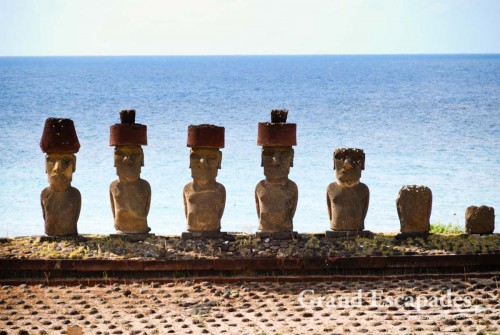
Ahu Akivi is special because its 7 Moai are the only ones that face the sea, Rapa Nui or Easter Island, Pacific
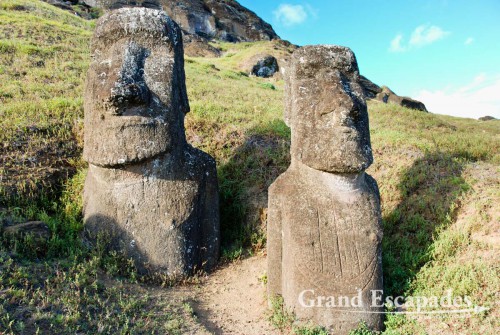
Rano Raraku, the quarry where all the Moais were carved from the volcanic stone, Rapa Nui or Easter Island, Pacific

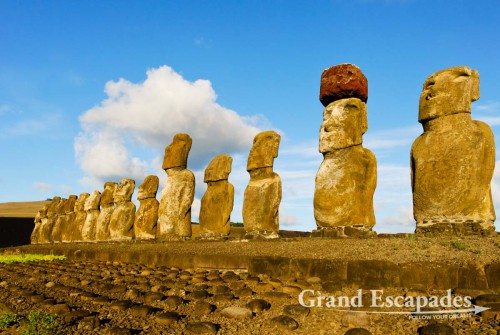
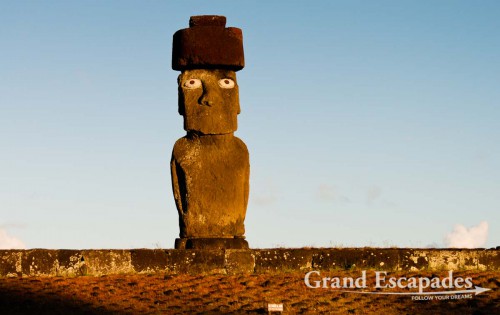
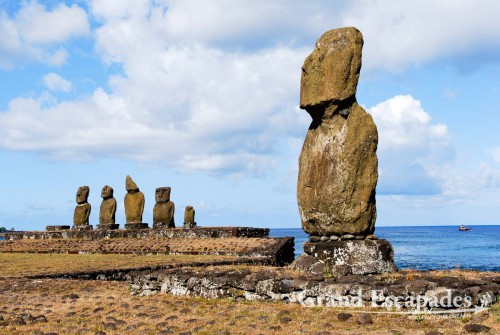
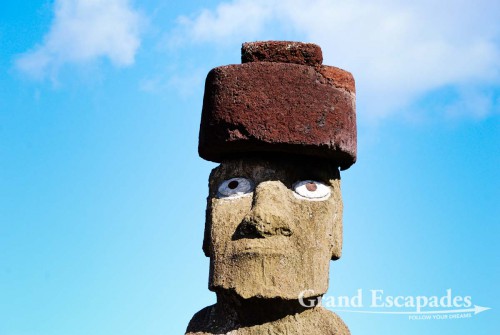
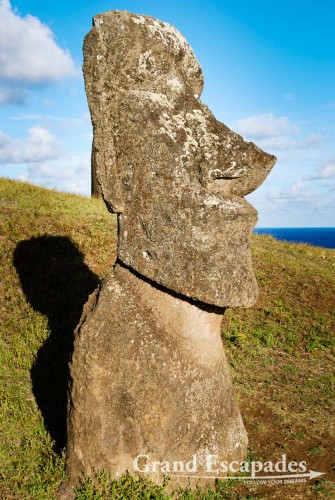
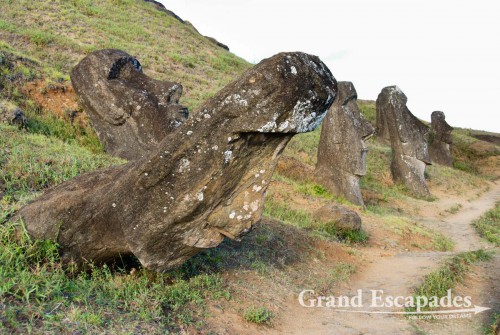
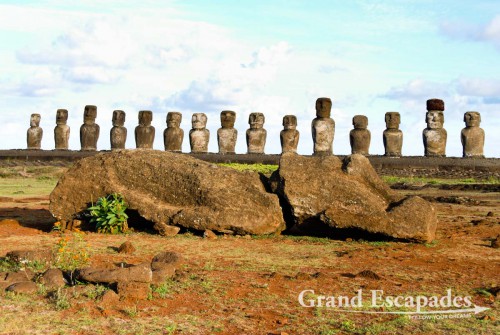
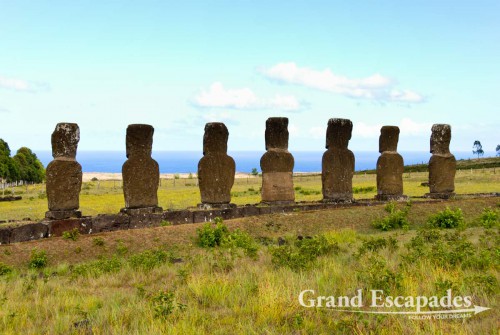
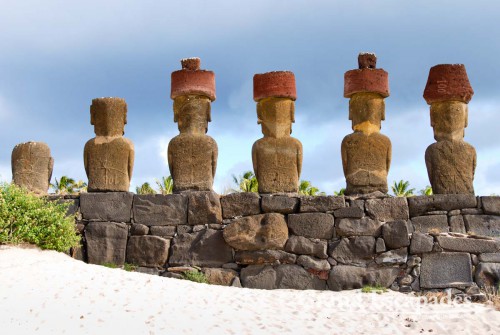
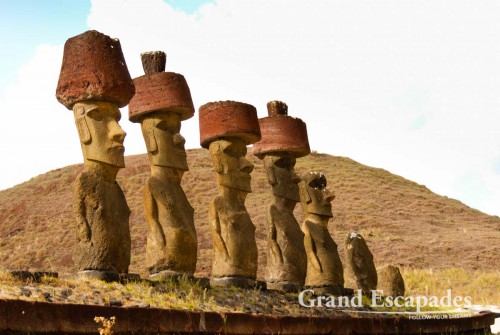
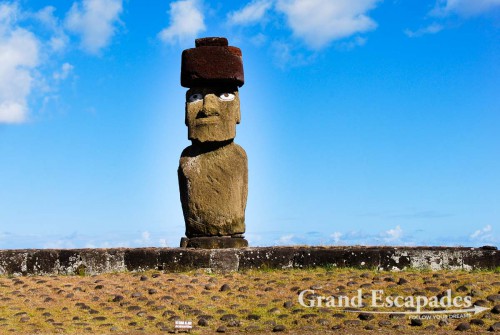
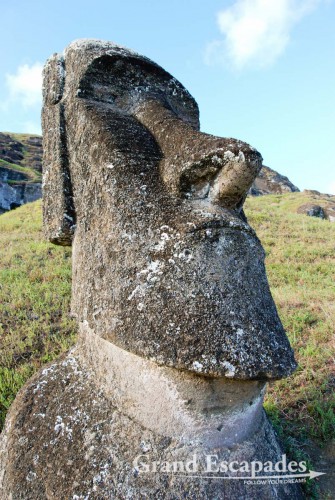
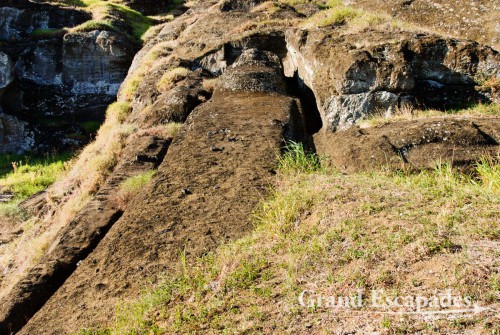
No comments yet.